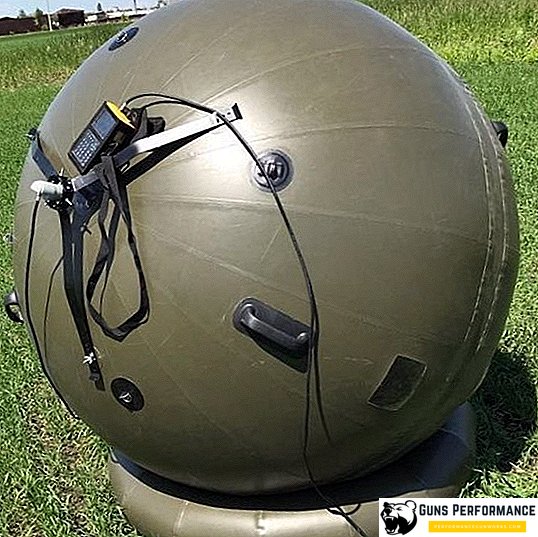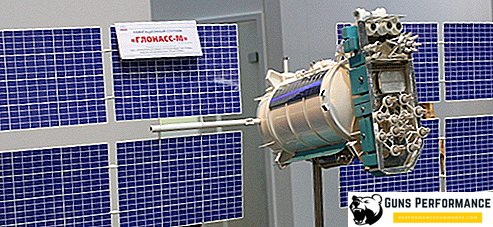Satellite communication systems are far from being the simplest branch of modern technology. We are used to the fact that new achievements in such areas are the product of the work of entire research centers and cost a considerable amount of money. It is all the more surprising to hear news about an entrepreneur from Chelyabinsk, who has created a new mobile satellite communications complex. Artem Mazanov, whose firm NEBO specializes in the production of a wide range of dimensional inflatable products, shared his development.

But it all began not in Chelyabinsk, but in the USA. Experiments with an inflatable base for a satellite dish began in the mid-1990s, but initially the balloon was only a carrier. Since 2004, the American company GATR has been developing new satellite dishes, as a result of which ISA (Inflatable Satellite Antenna) was created - an inflatable satellite communication system.
The antenna design turned out to be simple and efficient. The antenna itself was a rubber radio transparent sphere, consisting of two isolated hemispheres, which are separated by a dense metallized partition-reflector. The shape of the reflector is given by the pressure difference in the hemispheres and can be adjusted. After that, the antenna must be fixed on the ground and connect the necessary electronic equipment. Then the antenna can be oriented to the satellite. Installation time for different models can vary from 20 to 30 minutes. When installing several complexes at the same time, this time can be reduced by 5-8 minutes. The weight of the antenna in the folded state is five times less than that of rigid-frame counterparts, which allows compactly transporting its compact options in a volume not exceeding the average tourist backpack. The temperature of storage and use of the complex is limited only by the most extreme conditions for humans, therefore, it can be used in any region of the planet. The obvious, at first glance, lack of - vulnerability to the wind, in fact, was not critical. The declared maximum wind speed is about 30 meters per second.
In 2007, the US Department of Defense became interested in promising development. The system has proven itself in the aftermath of the earthquake in Haiti. After a long field test, the antenna was put into service, and in 2015 a contract was signed for the purchase of the first 36 inflatable satellite communication systems 2.4 meters in diameter. Already this year about a thousand antennas will go into service.

How did the Chelyabinsk businessman become involved in an innovative satellite dish? According to Artem, after the appearance of information about American developments on the Internet, he was approached by the specialists of the Rostov LLC Innovation and Research Center Radiosystems. They wondered if the company could be a businessman to repeat the American design. The institute could not offer any money for the project, but, according to him, the entrepreneur caught on this idea and created an antenna at his own expense. The cost of a single American system, by the way, is 75,000 dollars.
The satellite antenna of Artem Mazanov as a whole repeats the idea of the GATR company - a rubber radio transparent ball with an internal parabolic membrane playing the role of a reflector. The membrane focuses the signal on the receiver, which is mounted outside. The entrepreneur claims that he copied only the general principle of the American prototype. The internal structure had to be developed by myself. Also, the innovation was the base of the toroid-shaped structure, which allows you to easily and quickly orient the antenna in the right direction. The diameter of the reflective lens was 1.5 meters, and the weight of all necessary equipment does not exceed 12 kilograms. All satellite equipment can fit in a small suitcase. This model is favorably distinguished by the possibility of pumping up with a simple household compressor or even a manual pump.
The model can be considered quite successful - it has already passed the first tests in the Southern Urals. Whether the Chelyabinsk inflatable satellite communication system will go into mass production will be decided soon by the inventor himself. But the fact that such a system is being developed only in the United States and Russia can not but surprise. “We were able to overtake China,” the bloggers state.












